
第53回知覚コロキウム
11:00-11:30, March 26, 2024; 道後友輪荘(松山市)
並置混色における加算的色変換の色の錯視 
北岡明佳(立命館大学総合心理学部) email Abstract
Self-introduction

Born in Japan, in 1961. I am a psychologist studying perception. My research is in vision, especially visual illusions. Today I will talk about color illusions. Thank you for inviting me.
I am sorry I do not speak English very well but I will do my best.
Illusion 1: Illusory reddish Coca-Cola can

This can appears to be reddish, though the image consists of black and white stripes.
Copyright Akiyoshi Kitaoka 2021 (October 13)
Expanded emage

Illusion 2: Illusory yellow

Illusory yellow is observed in the lower-right disk, but the color is white.
Copyright Akiyoshi Kitaoka 2021 (June 12)
expanded image


Original image
Illusory yellow is perceived. pic.twitter.com/8jgjQglo0v
— Akiyoshi Kitaoka (@AkiyoshiKitaoka) June 12, 2021
Illusion 3: Illusory colors made up of black and white stripes
Eyes appear to be chromatic, though they consist of black and white stripes.
Illusion 4: RGB stripes produce white or black

The hair and clothes in the left image appear white while those in the right image appear black. However, they are composed of the same red, green, and blue stripes.
Copyright Akiyoshi Kitaoka 2016 (August 15)
Enlarged image

The original image

Movie demo

cf.
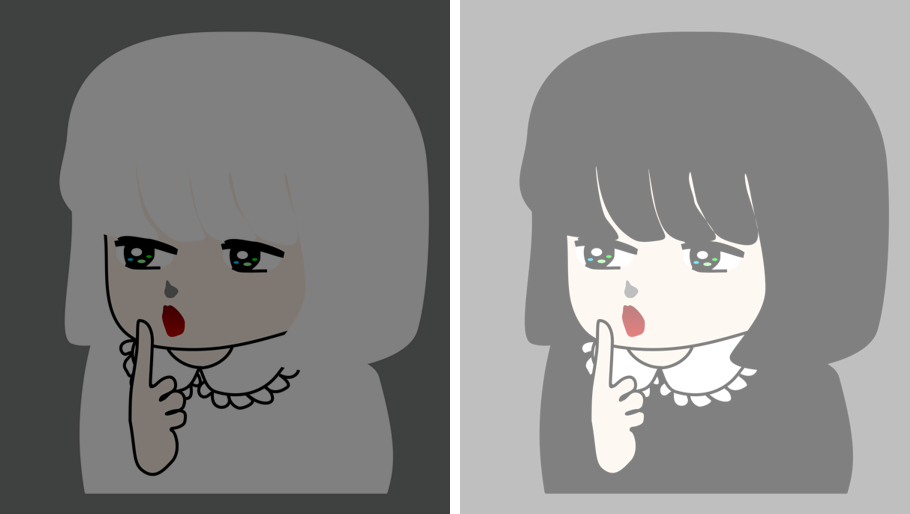
The hair and clothes in the left image appear white while those in the right image appear black. However, they are the same luminance. This image is equivalent to the RGB image in terms of average luminance, so these images demonstrate lightness illusion or lightness constancy.
Copyright Akiyoshi Kitaoka 2018 (May 28)
Illusion 5: Munker illusion
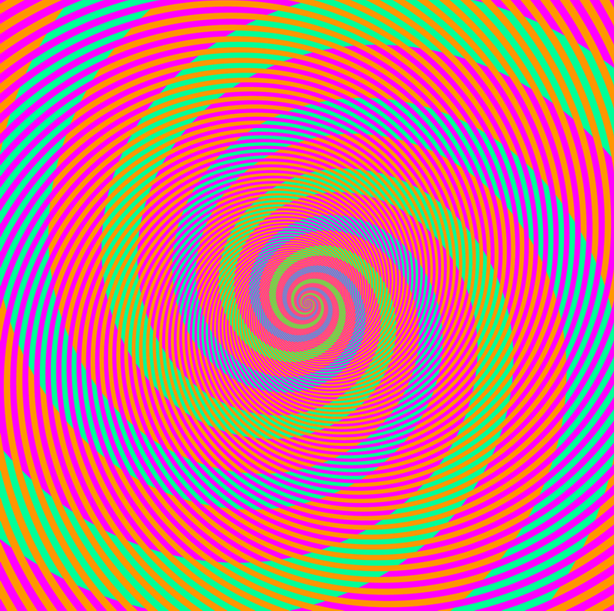
There appear to be a light blue spiral and a yellowish-green spiral, but
both are the same color (R = 0, G = 255, B = 150) .
.
Copyright A.Kitaoka 2003

In the left block, a red heart appears to be magenta or orange. In the right block, a green heart appears to be cyan or yellowish green.
 In this presentation, I will talk about a framework that can explain the
above illusions in a consistent manner.
In this presentation, I will talk about a framework that can explain the
above illusions in a consistent manner.(1) Two types of color mixing
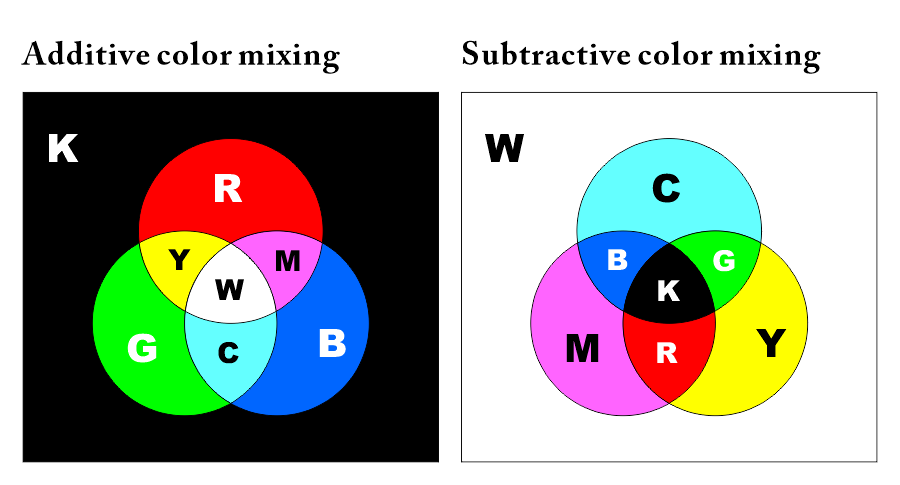
There are two types of color mixing: additive one and subtractive one. In additive color mixing, the primary colors are red (R), green (G), and blue (B). In subtractive color mixing, the primary colors are cyan (C), magenta (M), and yellow (Y). (K = black, W = white)
(2) Two types of spatial color mixing
In spatial color mixing, there are also two types of color mixing: additive one and "subtractive" one.
Original image
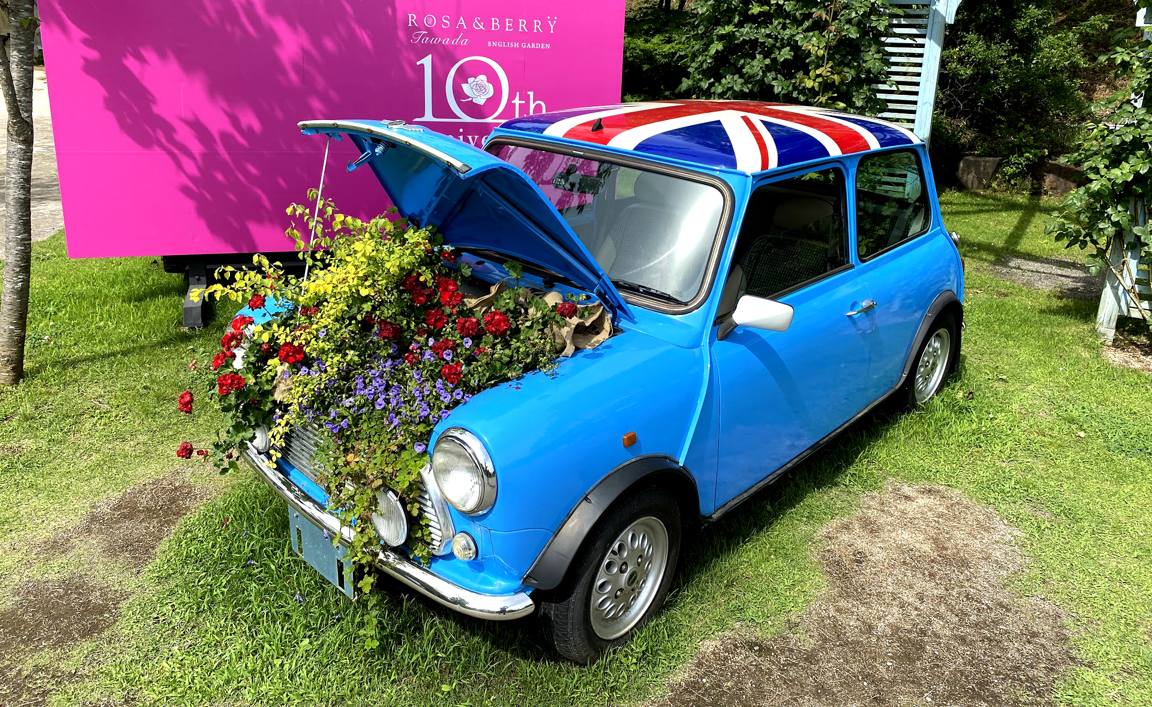
Aadditive color mixing in spatial color mixing

"Subtractive" color mixing in spatial color mixing

![]()
In additive color mixing, the primary colors are red, green, and blue.
In "subtractive" color mixing, the "primary colors"
are cyan, magenta, and yellow. I understand your concern that there can
be no subtractive color mixing in spatial color mixing and that only additive
color mixing can work. Therefore, here, I have enclosed the word "subtractive"
in quotation marks.

How each color is displayed
Enlarged part of the additive color mixing image

Enlarged part of the "subjective" color mixing image
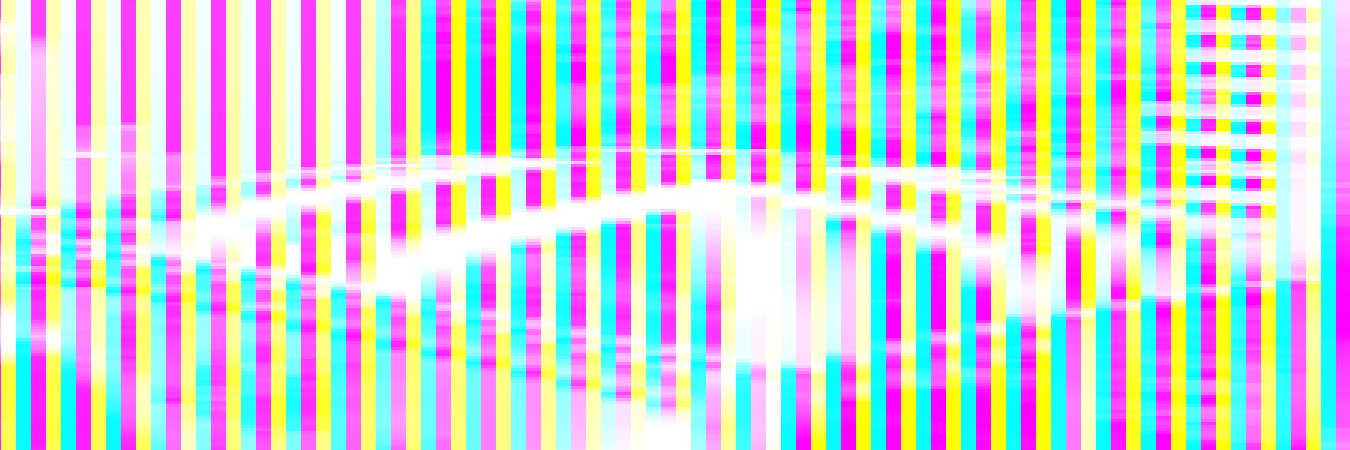
(3) A new type of spatial color mixing
Spatial color mixing between additive color mixing and "subtractive" one

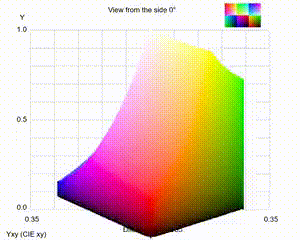 Here I tentatively call this type "intermediate" color mixing.
Here I tentatively call this type "intermediate" color mixing.
Enlarged part of the "intermediate" color mixing image



Reference
Kitaoka, A. (2021). Illusion based upon a new type of spatial color mixing
and application to VR. Keynote lecture in the 26th Annual Conference of the Virtual Reality Society of Japan, September 12, 2021, online. Presentation (html)
(4) Illusion obtained by combining three types of spatial color mixing
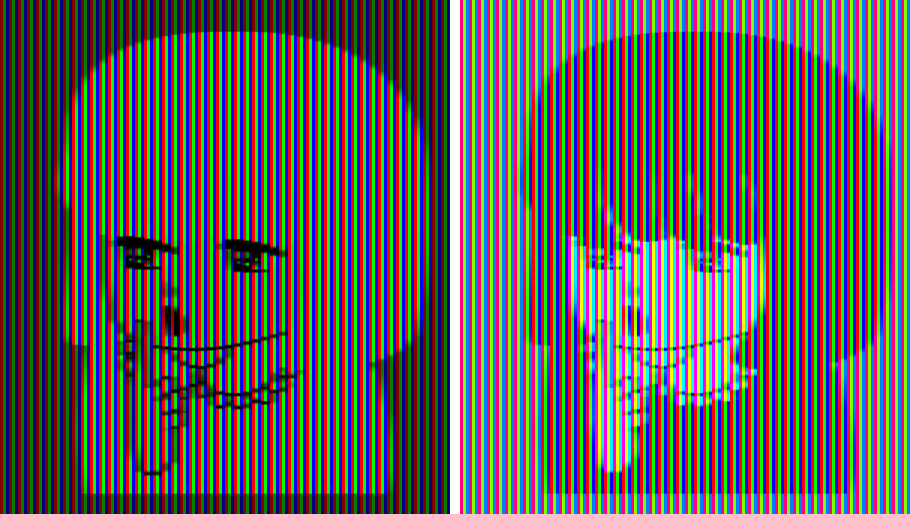
Additive color mixing vs. "intermediate" color mixing
The hair and clothes in the left image appear white while those in the right image appear black. However, they are composed of the same red, green, and blue stripes.
Copyright Akiyoshi Kitaoka 2021 (May 10)

"Intermediate" color mixing vs. "subtractive" color mixing
The hair and clothes in the left image appear white while those in the right image appear black. However, they are composed of the same cyan, magenta, and yellow stripes.
Copyright Akiyoshi Kitaoka 2021 (May 10)
(5) Another version of the "intermediate" color mixing

What is the difference between the two images?
Enlarged image
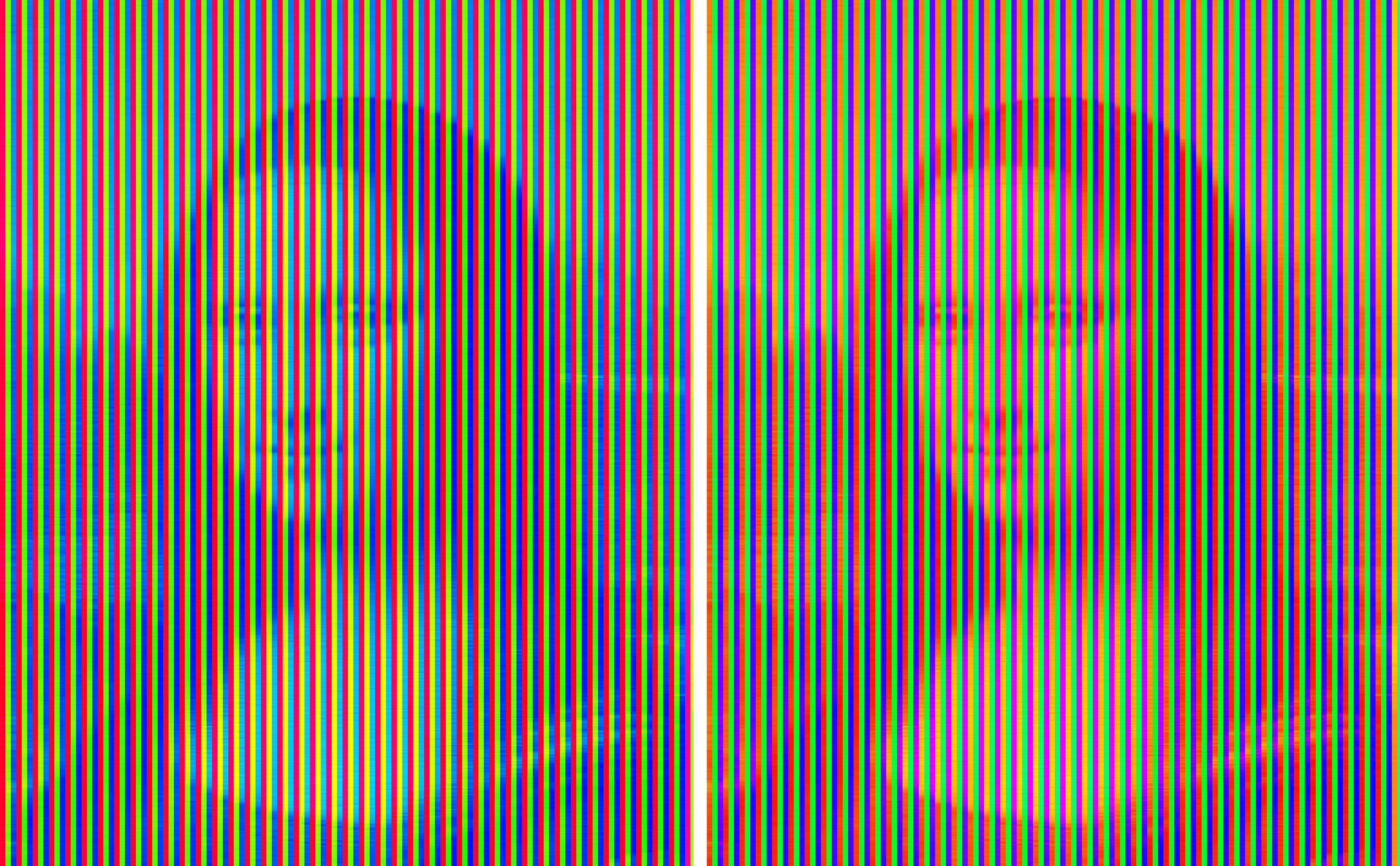


A high-resolution image can be downloaded by clicking this image.

Four types of spatial color mixing
(7) Spatial color mixing with two subpixels
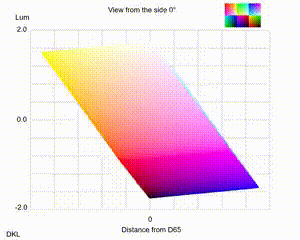 By mixing two of the three primary colors, spatial color mixing can be
reduced to two sub-pixels while maintaining full color.
By mixing two of the three primary colors, spatial color mixing can be
reduced to two sub-pixels while maintaining full color.
(7-1) Subpixels R and G are integrated.

Enlarged part

(7-2) Subpixels G and B are integrated.
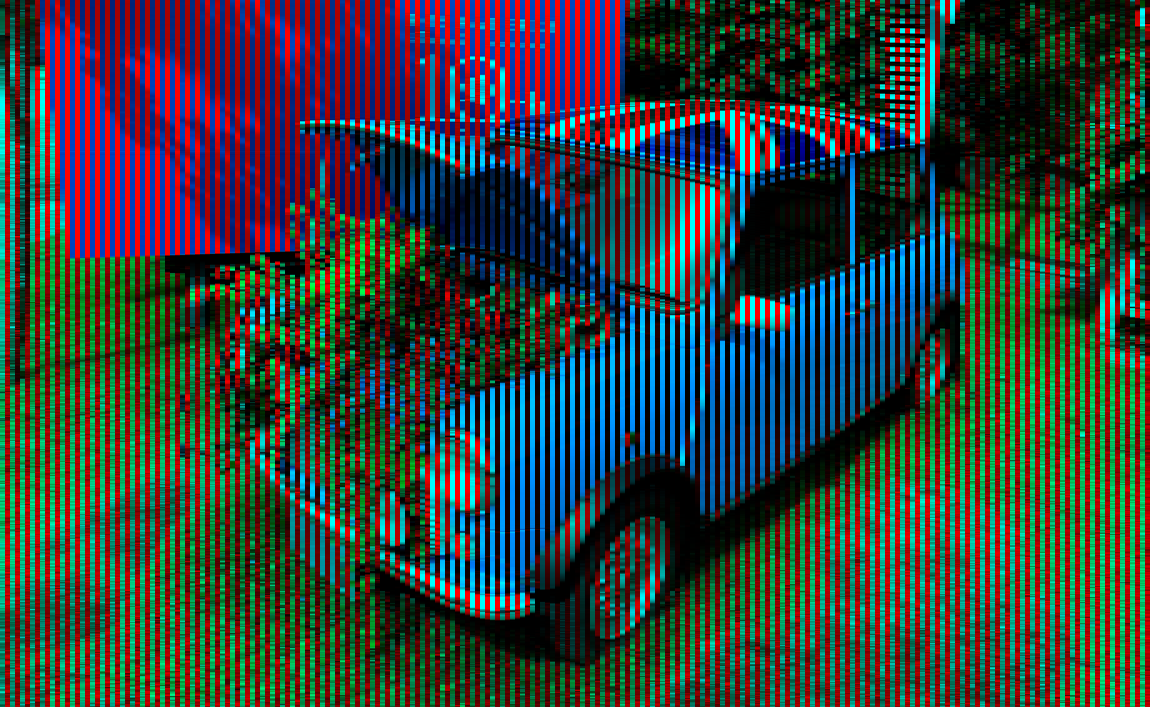
Enlarged part

(7-3) Subpixels B and R are integrated.
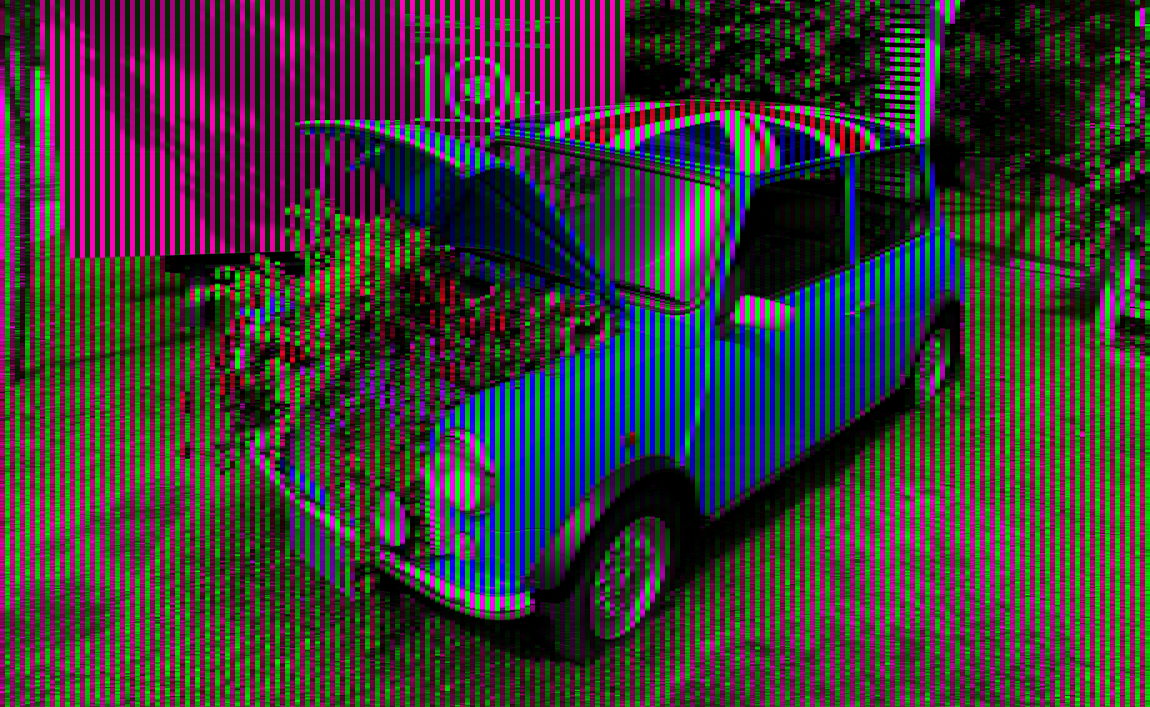
Enlarged part
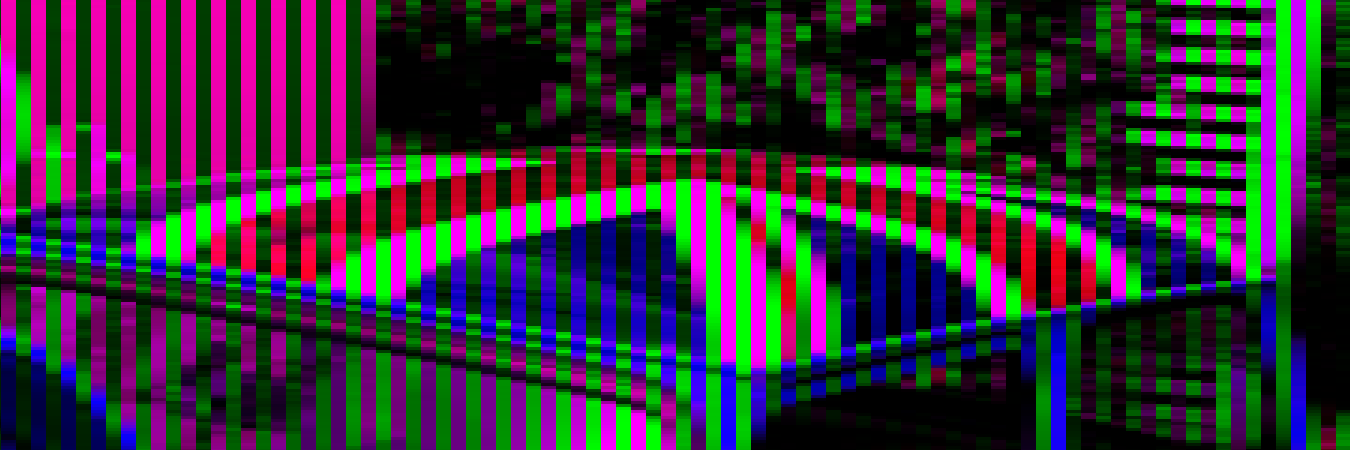
(8) Brighter spatial color mixing with two subpixels
There is room to add colors to the two subpixels.
(8-1) Subpixels R and G are integrated and 100% of blue is added to the
integrated subpixel. On the other hand, 100% of yellow is added to the
B subpixel.

Enlarged part

(8-2) Subpixels G and B are integrated and 100% of red is added to the
integrated subpixel. On the other hand, 100% of cyan is added to the R
subpixel.

Enlarged part

(8-3) Subpixels B and R are integrated and 100% of green is added to the
integrated subpixel. On the other hand, 100% of magenta is added to the
G subpixel.

Enlarged part
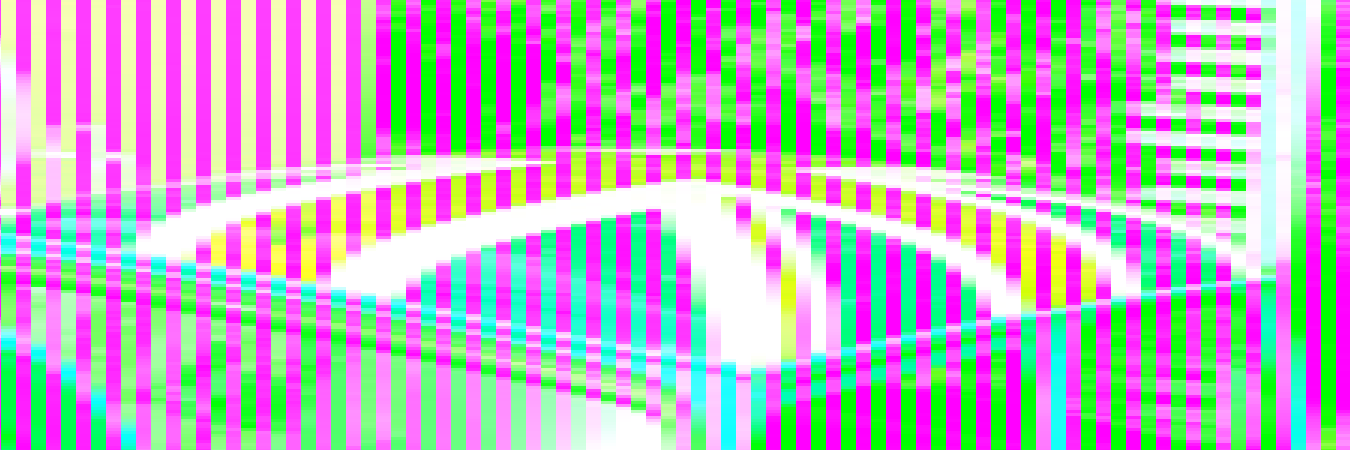
(9) Illusion obtained by combining three by two types of spatial color mixing with two subpixels
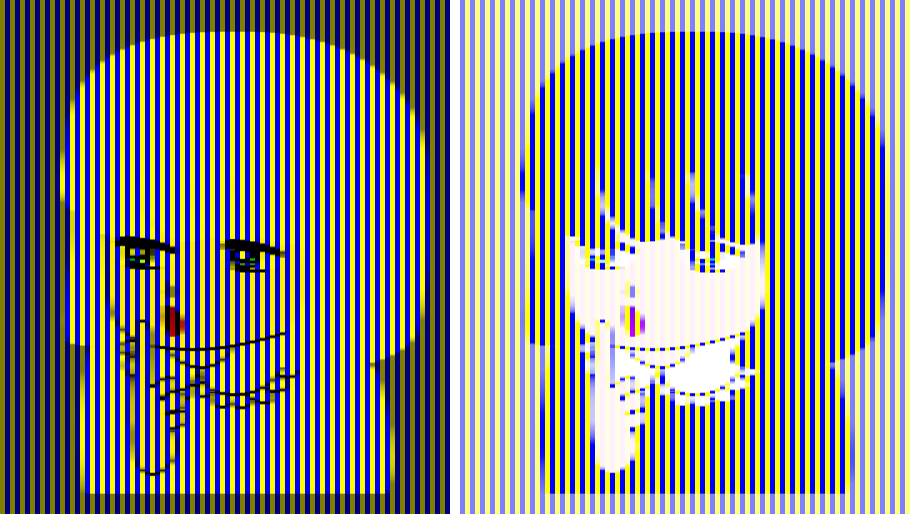
7-1 vs. 8-1
The hair and clothes in the left image appear white while those in the right image appear black. However, they are composed of the same blue and yellow stripes.

7-2 vs. 8-2
The hair and clothes in the left image appear white while those in the right image appear black. However, they are composed of the same red and cyan stripes.

7-3 vs. 8-3
The hair and clothes in the left image appear white while those in the right image appear black. However, they are composed of the same green and magenta stripes.

(in another way; explanation omitted)
The hair and clothes in the left image appear white while those in the right image appear black. However, they are composed of the same black and white stripes.
Copyright Akiyoshi Kitaoka 2023 (February 22)
(10) Illusory red composed of blue, yellow, and black stripes
Spatial color mixing with three subpixels


100% of green is added to the R subpixel and 100% of blue is added to the
G subpixel. Then, there are no red pixels, but red is perceived (color
illusion or color constancy).

Enlarged part (Red is displayed with blue, yellow, and black stripes)

Another examle
Enlarged part (Red is displayed with blue, yellow, and white stripes)
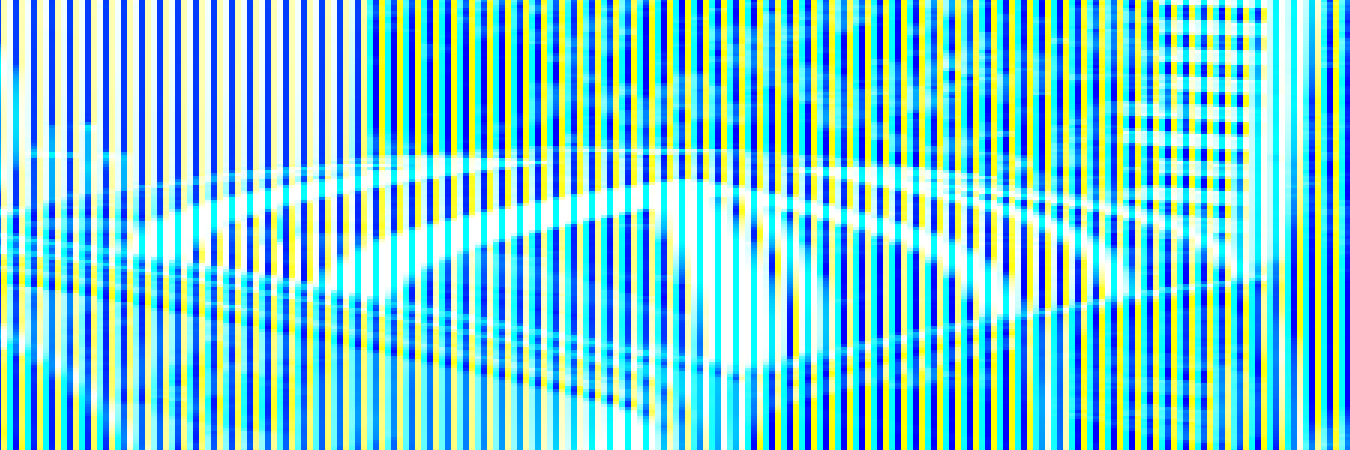
Let's make some
Spatial color mixing with three color lanes <October 13, 14, 2022>
If you need color image, samples are available from sample_images.html.
(11) Illusory red composed of black and white
Spatial color mixing with two subpixels (R subpixel and G&B subpixel)


100% of cyan is added to the R subpixel. Then, there are no red pixels,
but red is perceived (color illusion or color constancy).

Enlarged part (Red is displayed with black and white stripes)

Let's make some
Spatial color mixing with two color lanes <September 25, 26, 27, October 13, 2022>
If you need color image, samples are available from sample_images.html.

"Illusory reddish Coca-Cola can"
Copyright Akiyoshi Kitaoka 2021 (October 13)

Illusory yellow is observed in the lower-right disk, but the color is white.
Eyes appear to be chromatic, though they consist of black and white stripes.
(12) Munker illusion from the viewpoint of spatial color mixng
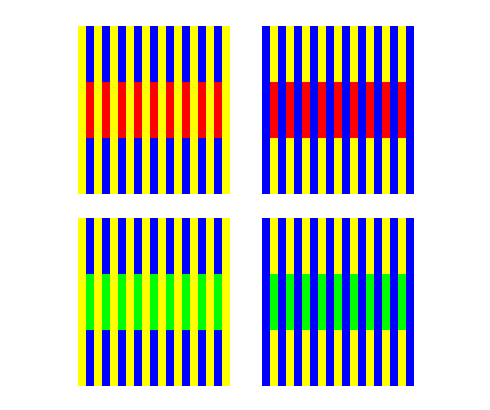

Munker, H. (1970) Farbige Gitter, Abbildung auf der Netzhaut und übertragungstheoretische Beschreibung der Farbwahrnehmung. München: Habilitationsschrift. Munker illusion
Copyright Akiyoshi Kitaoka 2015 (June 2)

 「ムンカー錯視は並置混色の副産物(なれの果て)」説
「ムンカー錯視は並置混色の副産物(なれの果て)」説
下図のように、並置混色でムンカー錯視を説明できる。

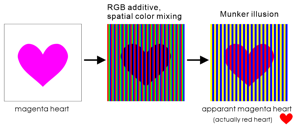
下図のようにしたのでは、並置混色でムンカー錯視を説明できない。これでは錯視とは言えない。

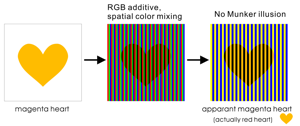
下図のようにしても、並置混色で目標のムンカー錯視を説明できたとは言えない。


Table of correspondence between the Munker illusion and spatial color mixing
Click the image, then a high-resolution image is downloaded.
これまで並置混色では説明できなかったムンカー錯視の説明図


蛍光色に対応していると考える。すなわち、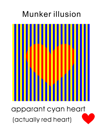 は蛍光色の並置混色と考えることができる。
は蛍光色の並置混色と考えることができる。

ネオン色拡散(A)、ムンカー錯視(C)、色の同化図の連続性(E)

B はネオン色拡散とムンカー錯視の中間、D はムンカー錯視と色の同化の中間。
 「ネオン色拡散は並置混色の副産物(なれの果て)」説
「ネオン色拡散は並置混色の副産物(なれの果て)」説


錯視的黄色が見えるネオン色拡散

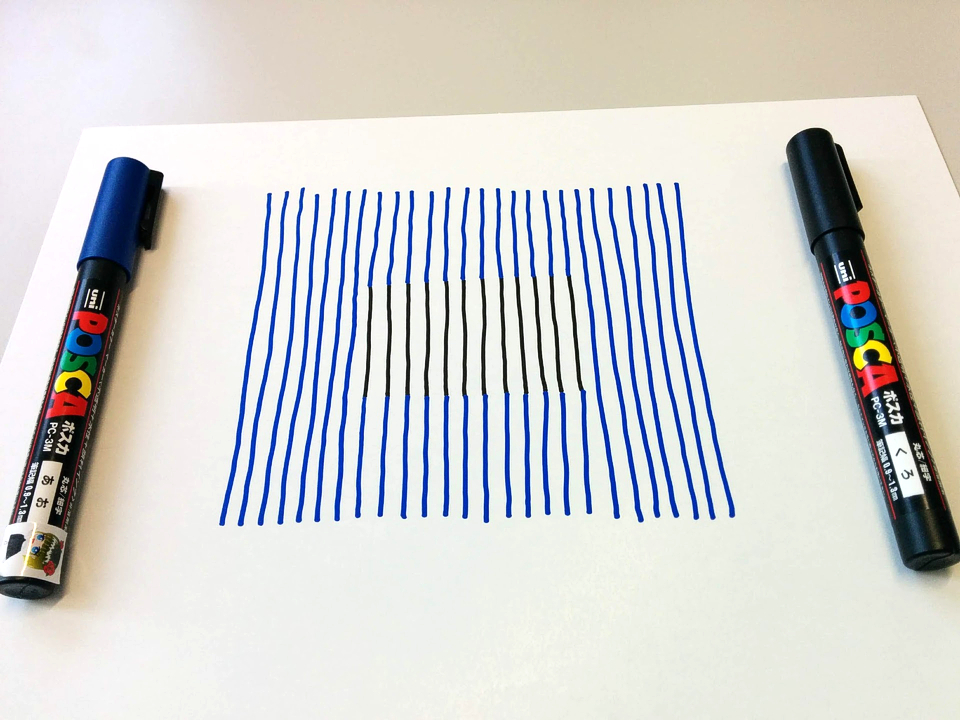


 My sugestion: The Munker illusion can be explained in terms of spatial
color mixing.
My sugestion: The Munker illusion can be explained in terms of spatial
color mixing.
【要約】
並置混色とは、適切な原色を空間的に並列に配置することで視覚的に混色を起こさせ、観察者にフルカラー画像を知覚させる手法である。今日のカラーディスプレーの大半はRGBを原色とした加法混色の並置混色を色表現の手段として採用している。それらのカラーディスプレーでは原色のサブピクセルは肉眼では弁別できないほど小さいが、サブピクセルを弁別できるほどの大きさで表示しても、一定の範囲内でフルカラー画像は知覚できる。本研究の発表者は、色や明るさの錯視の研究における必要性から、CMYを原色とした並置混色と、RGBCMYを原色とした並置混色を区別してきた。それらは、RGBを原色とした並置混色の加算的色変換で得られる。本研究においては、同様の加算的色変換によって色の錯視を作ることができることを示すとともに、ムンカー錯視やネオンカラー色拡散などの現象を考察した。
p.s.
この講演と内容がほぼ同じ日本語版サイト(Japanese webpage)
Demos of temporal color mixing
My explanation of the color illusion based on color constancy
ありがとうございました。

ついでに、千鳥温泉
